
- •Предисловие
- •Some Important Things from the Educational Environment
- •Vocabulary exercises
- •College Life
- •Vocabulary exercises
- •B. Our University Active Vocabulary
- •Our University
- •Vocabulary exercises
- •Self check
- •Unit 2 Our Studies. Our English Lesson Active Vocabulary
- •Introducing the new vocabulary
- •Our Studies
- •Career Prospects
- •II. Listening and comprehension tasks
- •2.1. Check your understanding of the dialogue by marking the following statements as True or False. Comment on your choice.
- •2.2. Listen to the dialogue focussing on the details and answer the questions.
- •2.3. Listen to the dialogue once again and while doing it write down all the information that may characterize the boys.
- •III. Follow up activities
- •Self check
- •Unit 3 Taking Exams Active Vocabulary
- •Taking Exams
- •A Students’ Guide to Exam Stress
- •After the Exams
- •Vocabulary exercises
- •Unusual Types of Houses
- •II. Listening and comprehension tasks
- •2.1. Listen to 4 people talking about their houses and mark the statements as True or False.
- •2.2 Listen to the descriptions again and fill in the chart below.
- •III. Follow up activity
- •B. American Home
- •1. Answer these questions about yourself and, if possible, find out how someone else would answer them.
- •Self Check
- •A Letter Home
- •В. Renting a Room Active Vocabulary
- •In England many people let rooms in their houses to people who need somewhere to live. The people pay money for this and are called lodgers.
- •Imagine you are going to let / rent a room / flat. The questions below will help you get all the information you need.
- •Sharing a Flat
- •Phoning a Landlord
- •II. Listening and compehenstion tasks
- •III. Follow up activity
- •Self Check
- •Unit 3 Buying a House Active Vocabulary
- •Buying a House
- •Looking for a House to Buy
- •Unit 4 Furniture and Furnishing Active Vocabulary
- •Around the Home a. Rooms
- •Vocabulary exercises
- •House for Sale
- •III. Follow up activity
- •Self Check
- •Unit 5 Your Ideal Home
- •I. Foodstuffs
- •III. Ways of Cooking
- •Vocabulary exercises
- •Use the following examples as a model.
- •В. Cooking Methods and Ways of Cooking. Recipes
- •Cooking Methods
- •Vocabulary exercises
- •Giving Instructions
- •Bread and Butter Pudding
- •Cinnamon-Sugar Apple Pie
- •Salmon In Puff Pastry
- •Special Family Food
- •How do you make…?
- •2. Listen to the recording. Rearrange the instructions in the correct order. Remember that there is one extra instruction which is not given.
- •3. Compare your answer with a partner and, if necessary, listen again to settle any disagreements.
- •Self check
- •Unit 2 National Cuisines. Customs of Having Meals a. National Cuisines
- •English Cooking
- •Traditional British Cooking
- •American Food
- •Belarusian Cookery
- •B. Customs of Having Meals Active Vocabulary
- •Vocabulary exercises
- •The Customs of Having Meals in England
- •Daily Meals in Belarus
- •I. Take turns discussing these questions with your partner.
- •II. Make up dialogues following the models given below.
- •Listen to the interview with Yves and answer the following questions:
- •Listen to the interview once again and fill in the chart.
- •Self check
- •Unit 3 Table Manners
- •A List of Do’s and Don’ts
- •Unit 4 Eating Out Active Vocabulary
- •Eating Out
- •The Old Mill, The Quay, Wardleton, Sussex
- •Fast Food
- •(A) Lunch for Two
- •1. Listen to the conversation and complete the sentences choosing the right variant:
- •2. Listen to the conversation again and answer the following questions.
- •(B) Eating Out
- •1. Listen to the conversation and fill in the gaps.
- •Conversational Formulas.
- •Invitations. Thanks. Refusals
- •Invitation
- •In a restaurant
- •With a girl-friend in a coffee bar
- •In a cafe
- •Chocolate Nut Sundae
- •Self check
- •Unit 5 Healthy Food. Dieting Active Vocabulary
- •We Ought To Eat More Fresh Fruit
- •Nutrients That Provide Energy
- •Tips for Healthy Eating and Cooking
- •Some Facts about Diet
- •Guidelines for Slimmers
- •Self check
- •Part IV. Shopping
- •Unit 1
- •Describing Shops. American and English Shops
- •Active Vocabulary
- •Baker’s / bakery
- •Vocabulary exercises
- •At the Supermarket
- •Shopping List
- •Unit 2 Shopping for Foodstuffs
- •Why is buying foodstuffs considered to be a sort of art? Read the passage and share your opinions. Buying Foodstuffs
- •At a grocery store
- •Some Hints and Tips on Shopping for Food
- •Self Check
- •Vocabulary exercises
- •The Big Stores
- •Shopping
- •Buying souvenirs
- •The spendthrift
- •Buying a present
- •Bargaining
- •Buying Clothes
- •Listen to the first recording and fill in the relevant information.
- •Listen to the recording and answer the following questions.
- •Listen to the second recording and tick the words you’ve heard on the tape:
- •Listen to the recording again and match parts a-e with a-e.
- •Self Check
- •Unit 2 Career Prospects
- •Part II unit 1 Unusual Types of Houses
- •Unit 2 Phoning a Landlord
- •Unit 3 Looking for a House to Buy
- •Unit 4 House for Sale
- •References
В. Cooking Methods and Ways of Cooking. Recipes
Here are five simple ways to cook an EGG. Study the following instructions and say which one you prefer and why.
Boiled eggs
One of the easiest things to make is a boiled egg. Put an egg into a saucepan full of cold water. Put the saucepan on top of the stove. Turn on the heat. When the water starts to boil, look at your watch. You must boil the water fast for about three to four minutes only. Then remove the egg immediately from the water and serve.
EGG SALAD
If you want your boiled egg to be hard, then boil the egg in water for about eight to ten minutes. When the egg is cold, peel off the egg shell and cut up the egg. Chop a little piece of onion with a sharp knife. Then mix the egg and onion with some mayonnaise. Now you have egg salad. Put this in some fresh bread with some thinly sliced tomato and you have a great sandwich.
FRIED EGGS
Melt a little butter or oil in a frying pan. Break the egg into the pan, without breaking its yellow centre. Fry it quickly. This is a very popular breakfast dish in Britain and the United States, where it is often served with toast and slices of fried bacon.
SCRAMBLED EGGS
Scrambled eggs are also popular. First beat two eggs together with a little milk. Melt some butter in a frying pan and pour in the mixture. Stir with a wooden spoon and cook until the egg starts to get thick. Make sure you have some buttered toast ready to serve the eggs on.
BAKED EGGS
Eggs can also be baked in the oven. Heat the oven first. Break the egg and pour it into a special oven dish. Add a small spoonful of melted butter or cream, or grate some cheese over it. And bake it in the oven for eight to ten minutes.
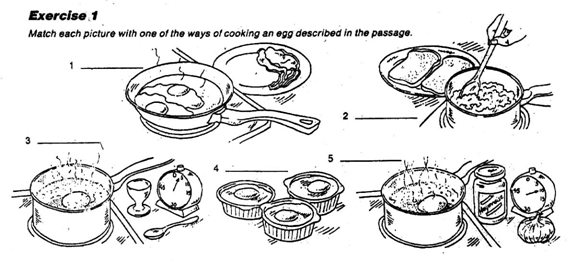
Read about different cooking methods.
Cooking Methods
BOILING
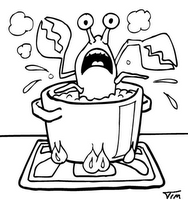
This gives food a soft texture. The term is actually a little confusing for it is the liquid in which the food is cooking that boils, not the food itself. When liquid comes to the boil, reduce the temperature so it just bubbles. Foods cooked in boiling liquid include vegetables, eggs, fruit and sugar for jam, meat. The liquid can be water, stock or milk, etc. Sometimes the food is not immersed in the liquid but cooked in the steam from it, as for steamed puddings, vegetables, etc. Sometimes the boiled liquid is an essential ingredient as in blancmange.
SIMMERING
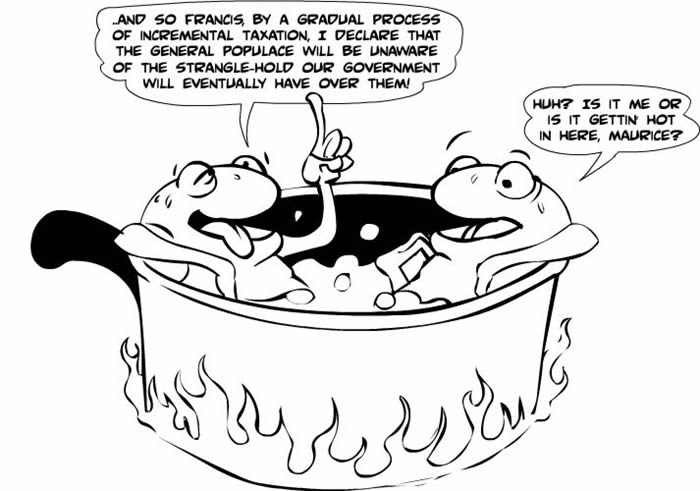
When food is simmered in liquid you just see an occasional bubble on the surface. Stews, soups, sauces are simmered, so that food cooks steadily, or mixture thickens gradually.
POACHING

Special term used in connection with certain foods: i.e. eggs, fish, fruit. These are placed in a small amount of liquid which simmers gently.
GRILLING
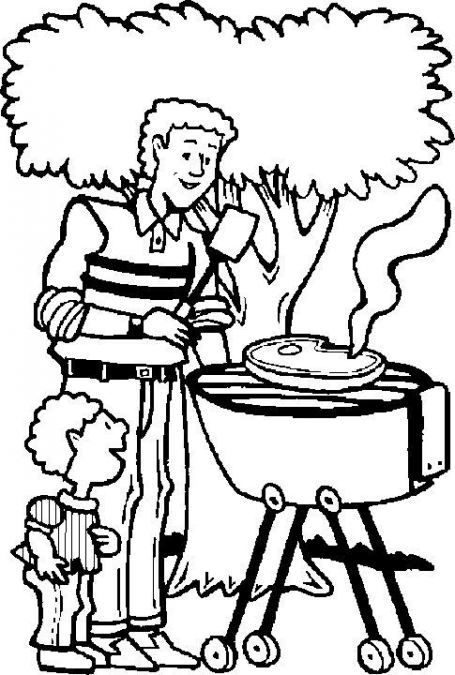
This browns food and sometimes gives it a crisp texture. Food is placed under the heat. Pre-heat the grill so the outside of the food is browned rapidly, keeping in the flavor. Reduce temperature once food is sealed if it is to be grilled for longer than 10 minutes. Fish, meats, young poultry and toasted snacks or toppings are grilled. Many dishes require quick or “flash” browning, so use the grill rather than the oven. Bread is browned to produce toast, for instance.
Tips on grilling: do not over-cook cheese – it toughens. Remove rind from bacon so the rashers do not curl. Don’t pre-heat the grill for bacon. It’s important that foods that don’t contain fat – such as fish and chicken – are kept basted with melted fat of some kind while being grilled. If not basted they will dry out too much.
Most foods need to be turned during grilling as the heat does not always penetrate the thickness of the food – this also browns both sides.
BAKING
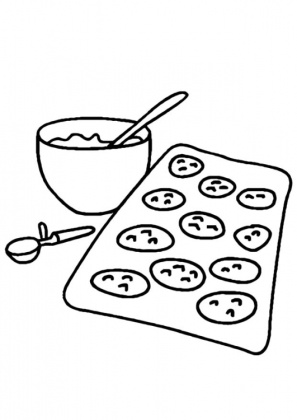
This gives a firm and often crisp texture. Baking is the process of cooking in the dry heat of the oven. The temperature and position in the oven are very important, especially with cakes, to ensure the food is cooked throughout and doesn’t burn.
CASSEROLLING
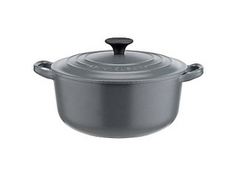
Food is cooked in steam or liquid in the oven. It’s a slow, tenderizing process, so very good for making the most of cheaper cuts of meat.
ROASTING

Contrary to general belief cooking meat in its own or added fat is baking. True roasting means cooking on a turning spit over a fierce heat.
PLACING FOOD IN THE OVEN
Both gas and electric ovens are hottest at the top, but gas is coolest at the bottom while many electric ovens are fairly hot below and coolest in the centre. Different makes vary and it is best to know your own oven.
FRYING
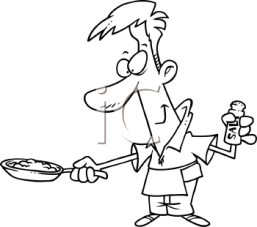
A convenient and usually quick, easy method of cooking in fat. It gives a golden and often crisp texture. It can be done in three ways as follows:
DRY FRYING
For foods with plenty of natural fat requiring no coating, such as bacon.
SHALLOW FRYING
This is used for eggs, some fish, meat and vegetables. The food may or may not be coated. It is cooked in a small amount of fat, butter or oil.
DEEP FRYING
Used for some vegetables, chips in particular, fish, some meat and other foods that have been coated with batter or breadcrumbs. Food is fried in oil, lard or cooking fat. The pan should not be more than two-thirds full of fat so there is plenty of room for the fat to boil briskly.
To test temperature of fat for deep frying, drop a cube of bread in. If it sinks the fat is not hot enough. If it floats and fizzles gently it is right for medium-fast frying (e.g. doughnuts). If it turns golden in one minute it is right for fast frying (e.g. chips).
Draining: most fried food should be well drained on absorbent kitchen paper before it’s served.
